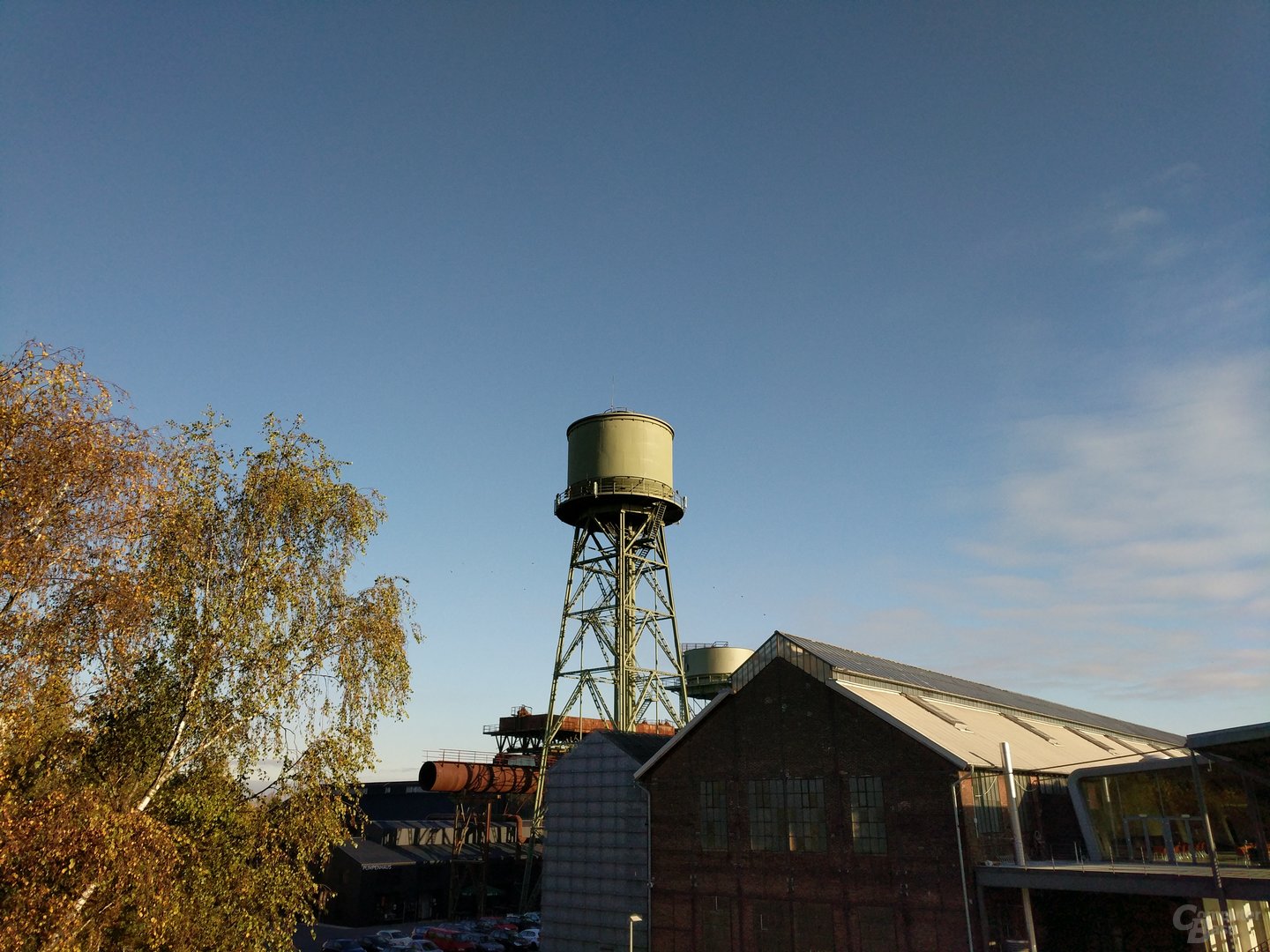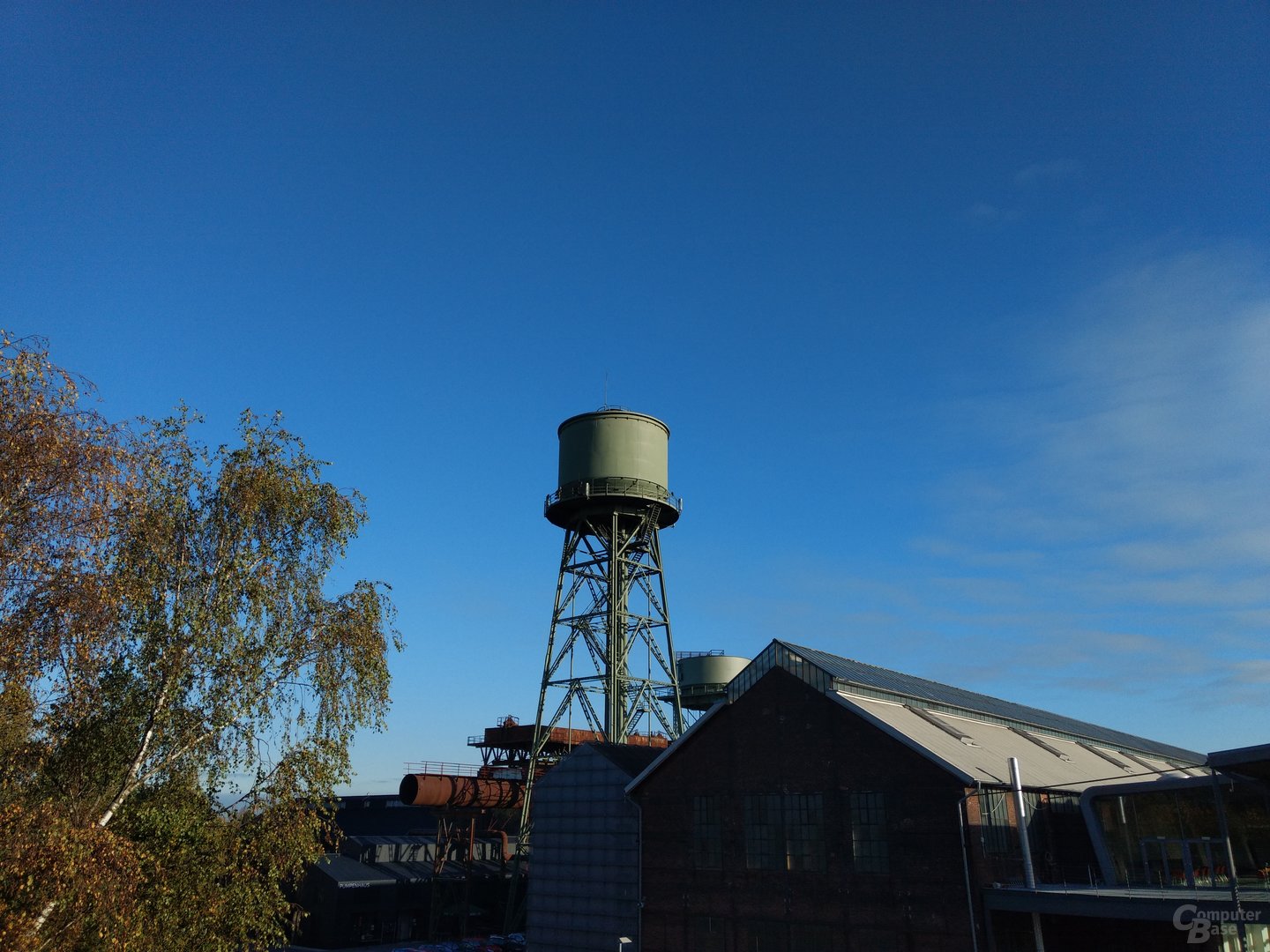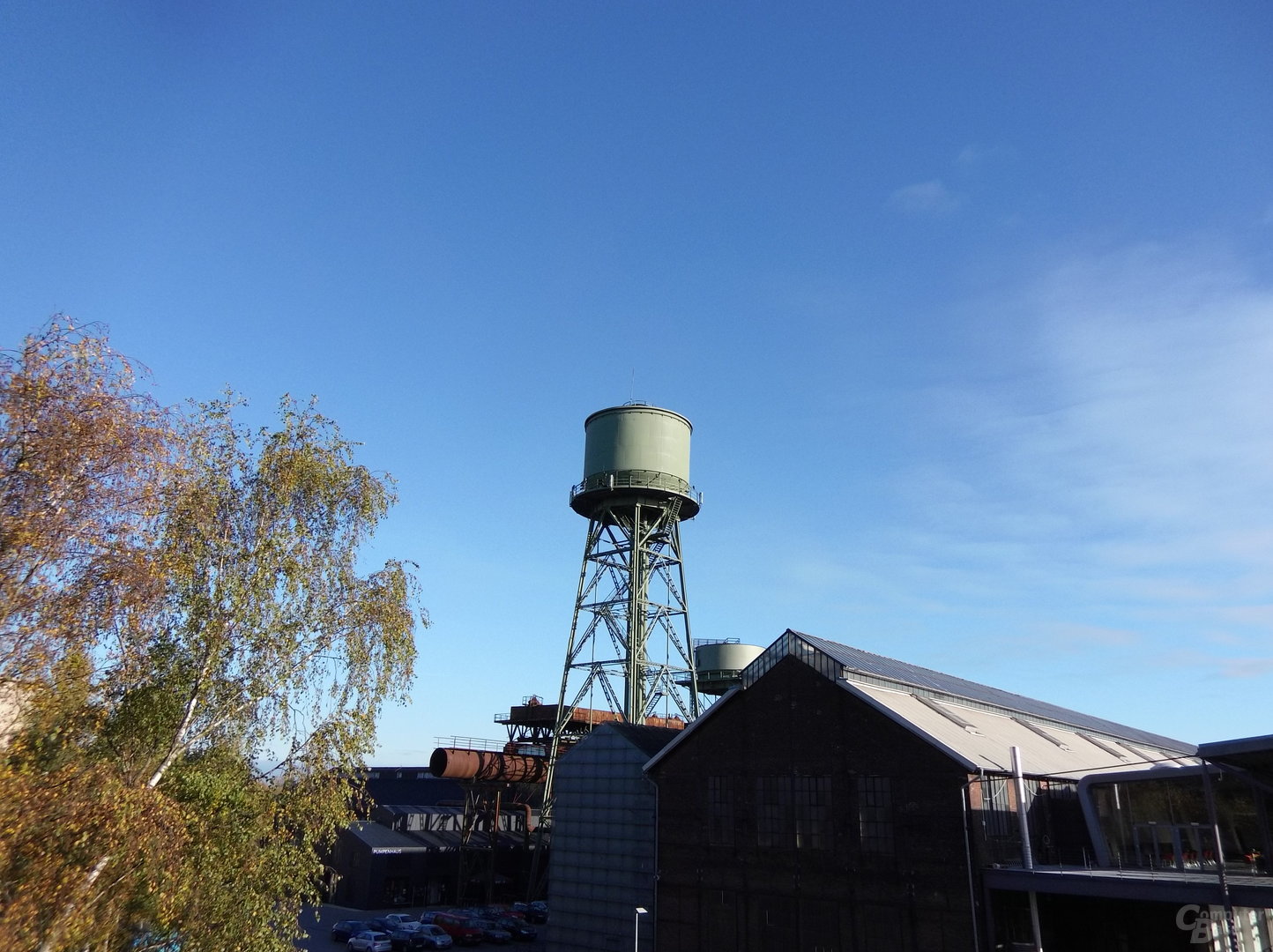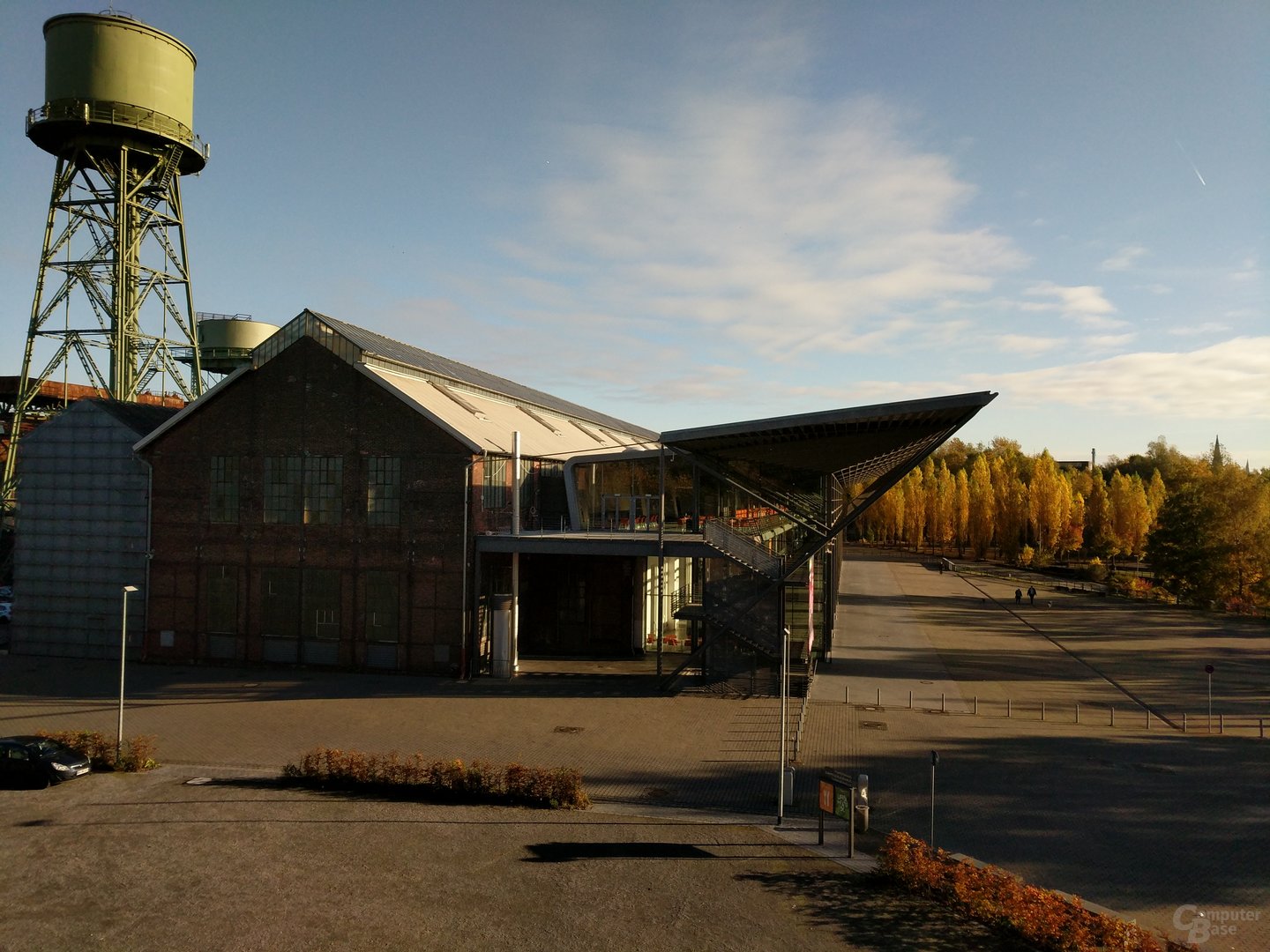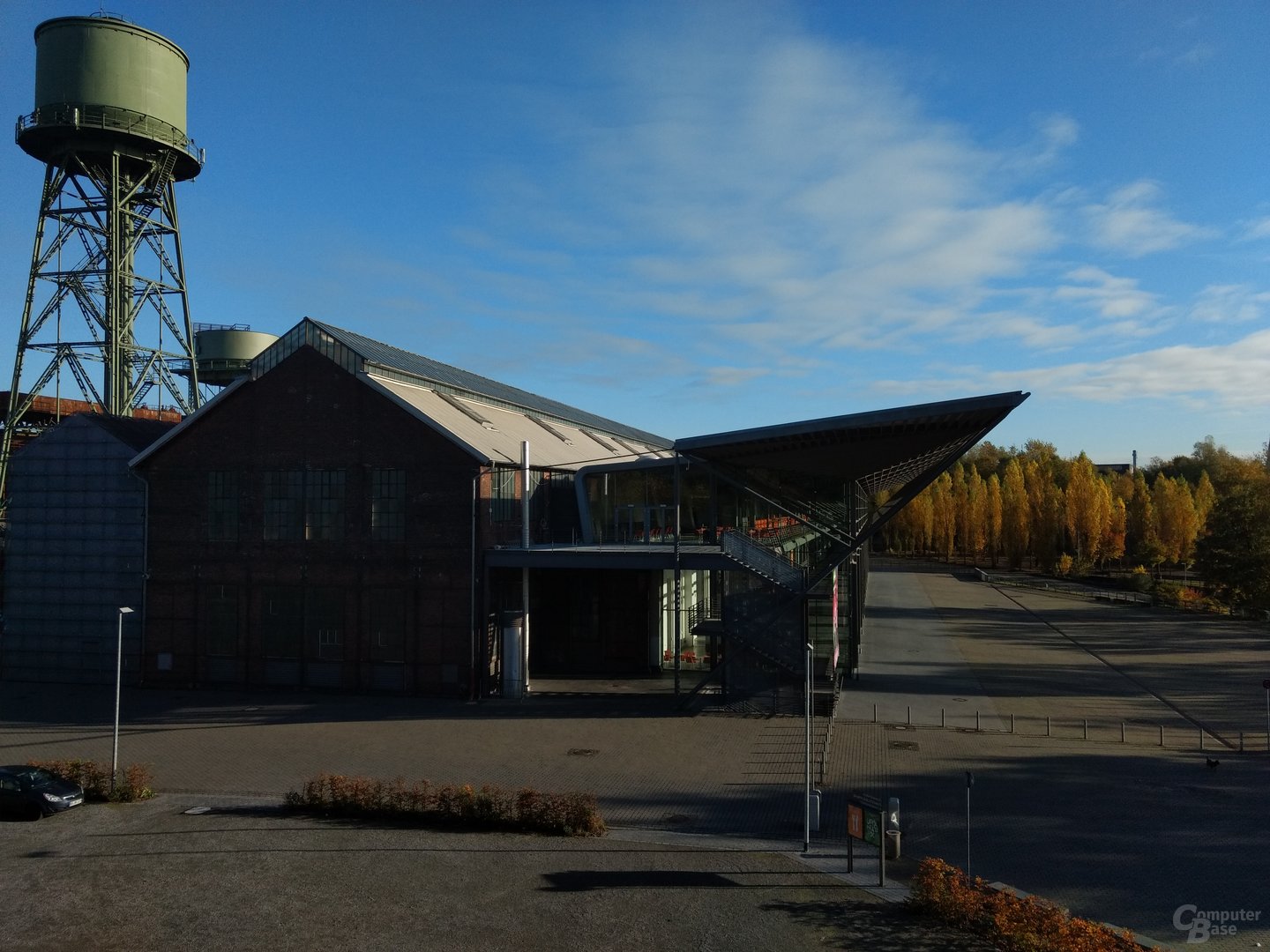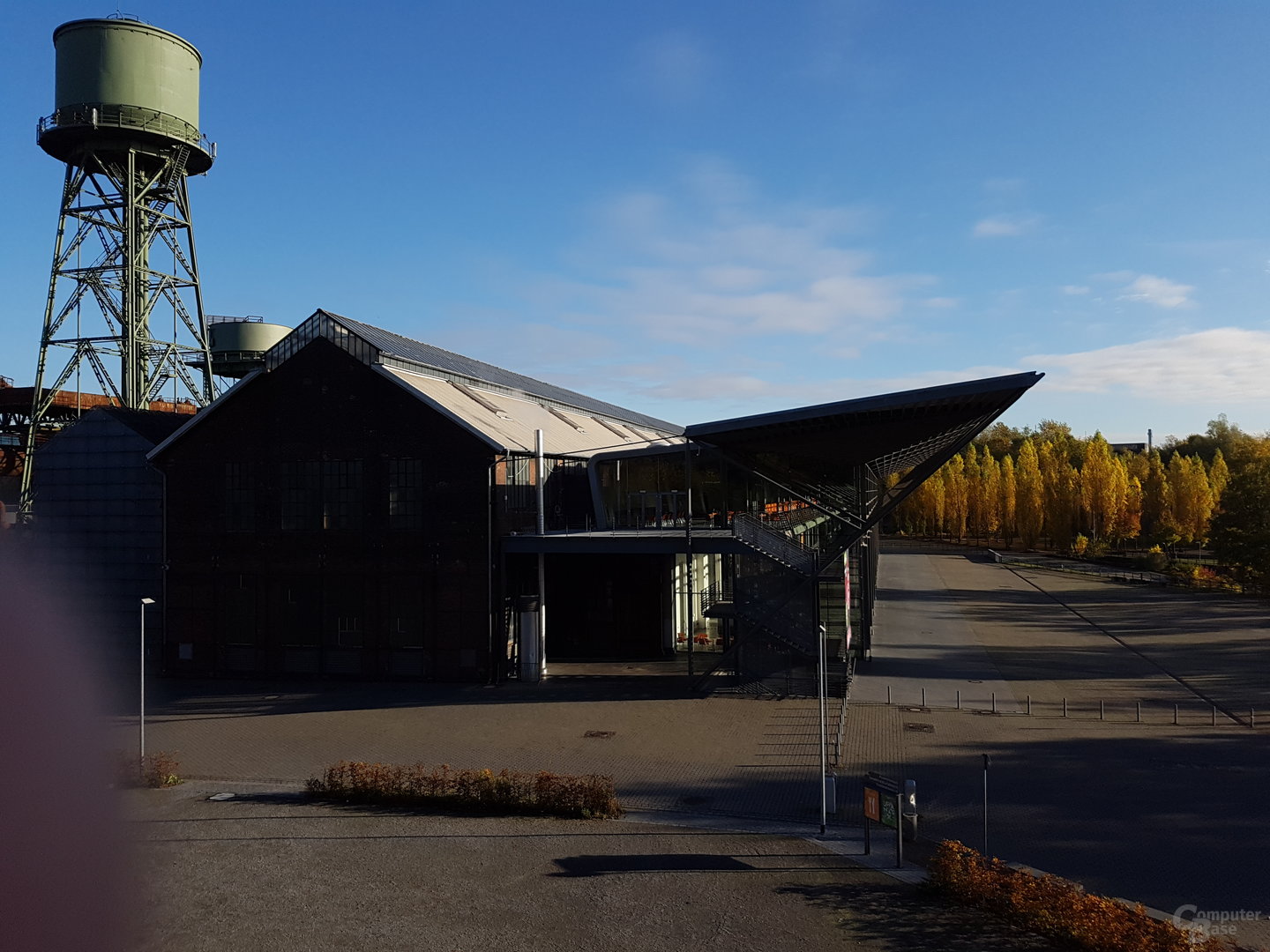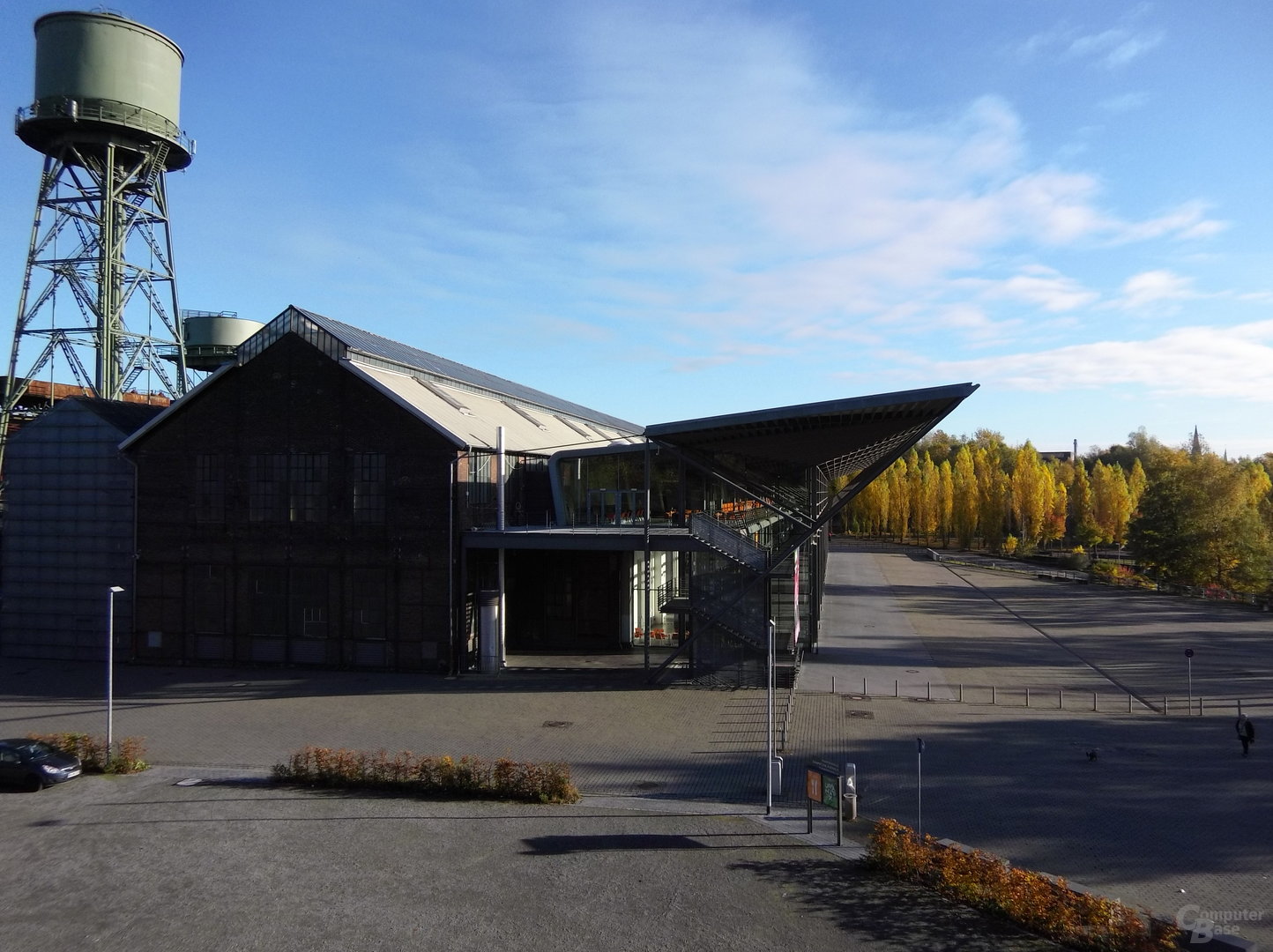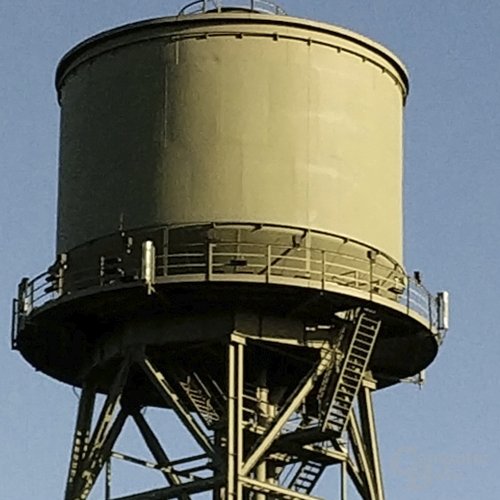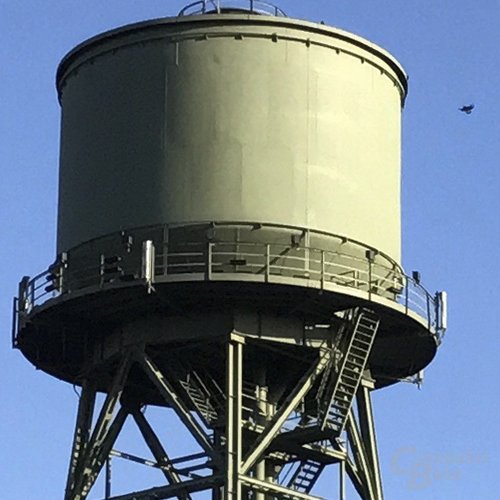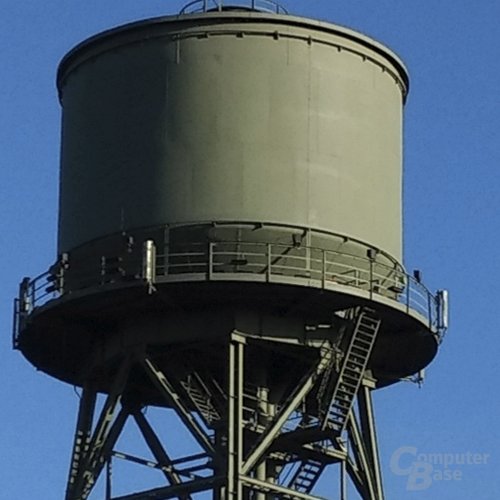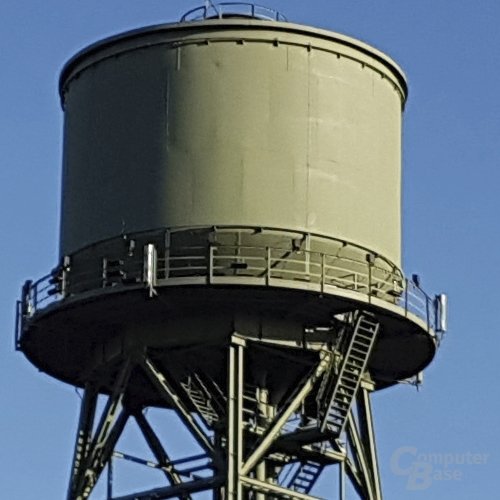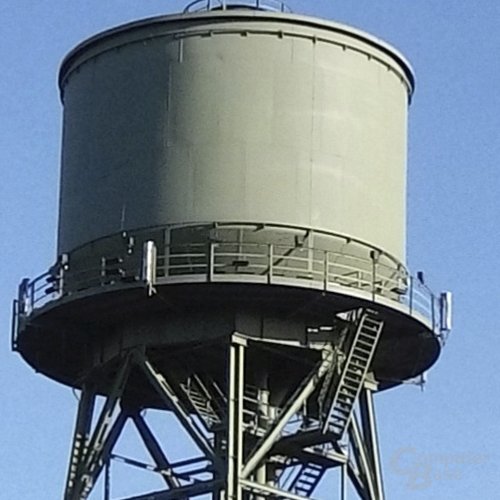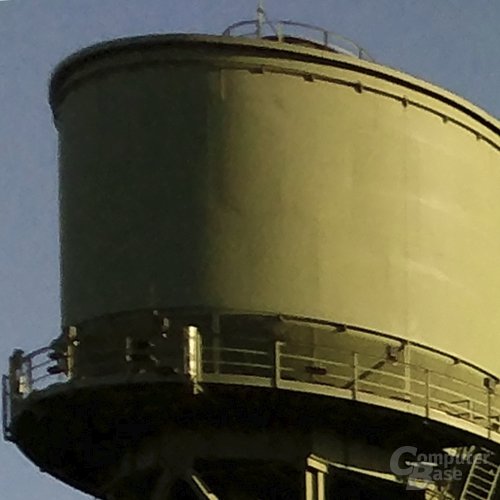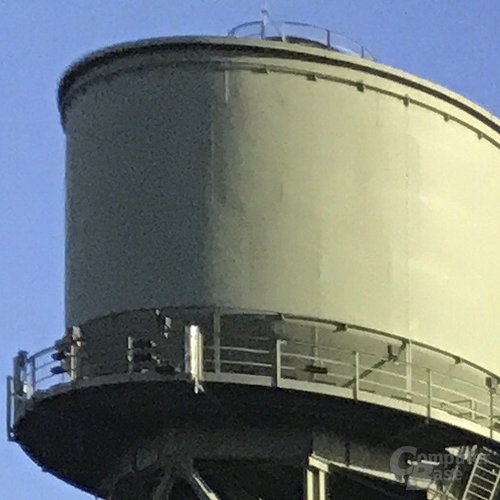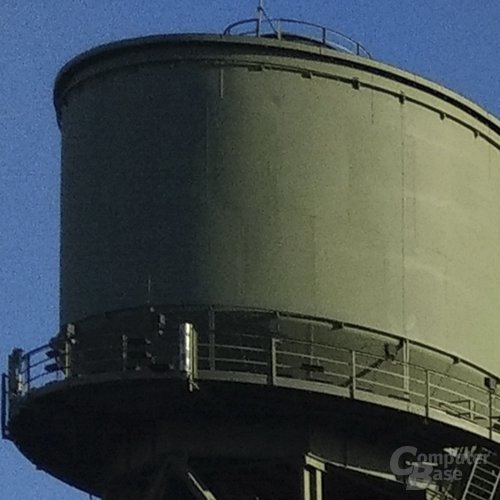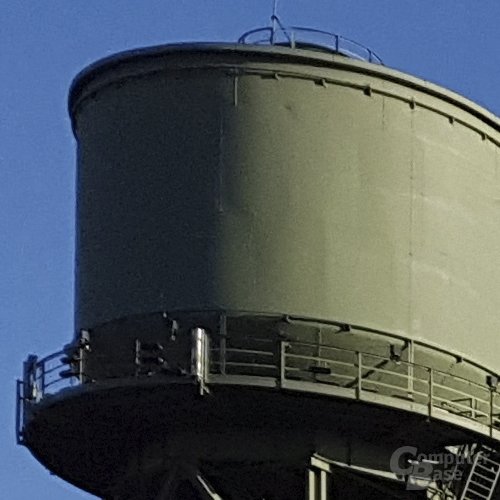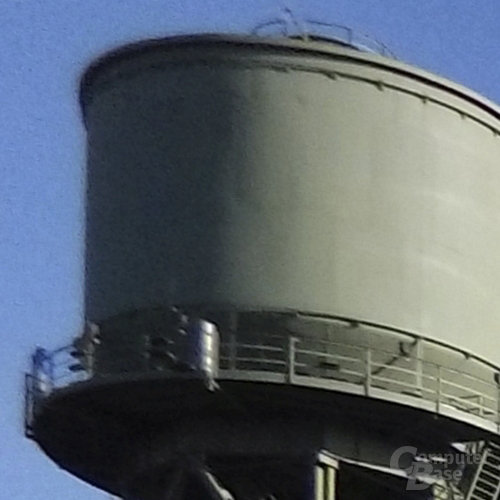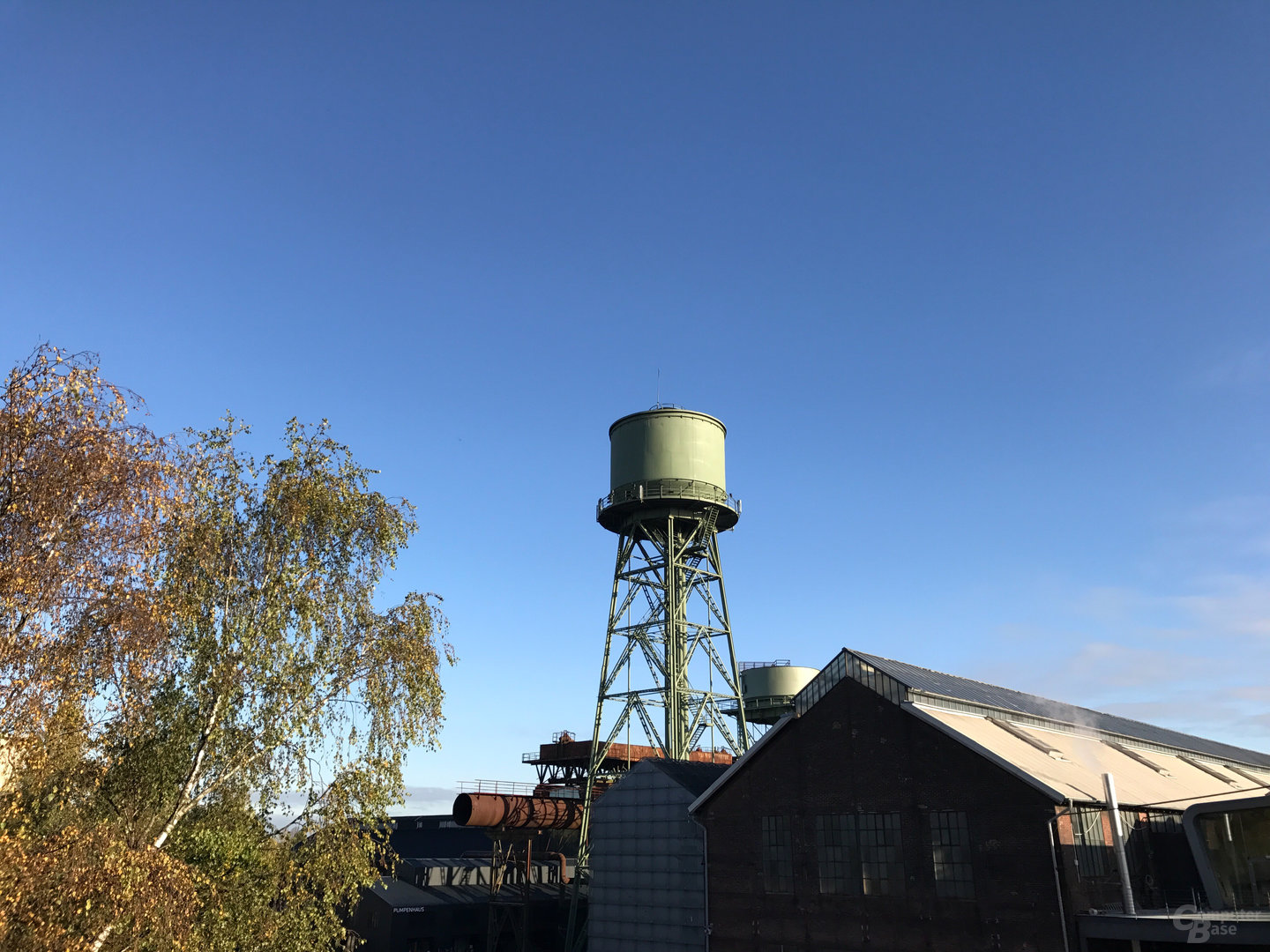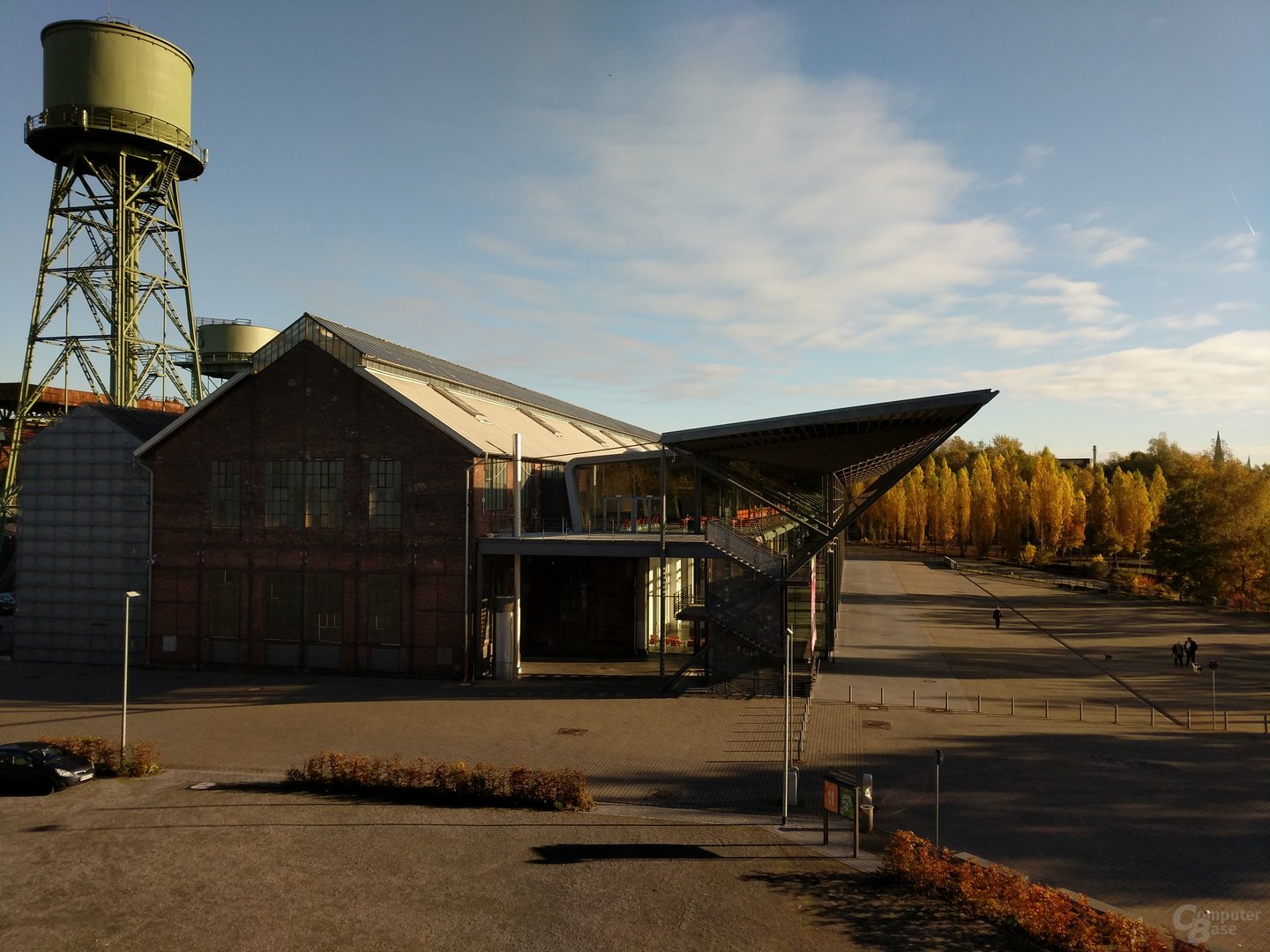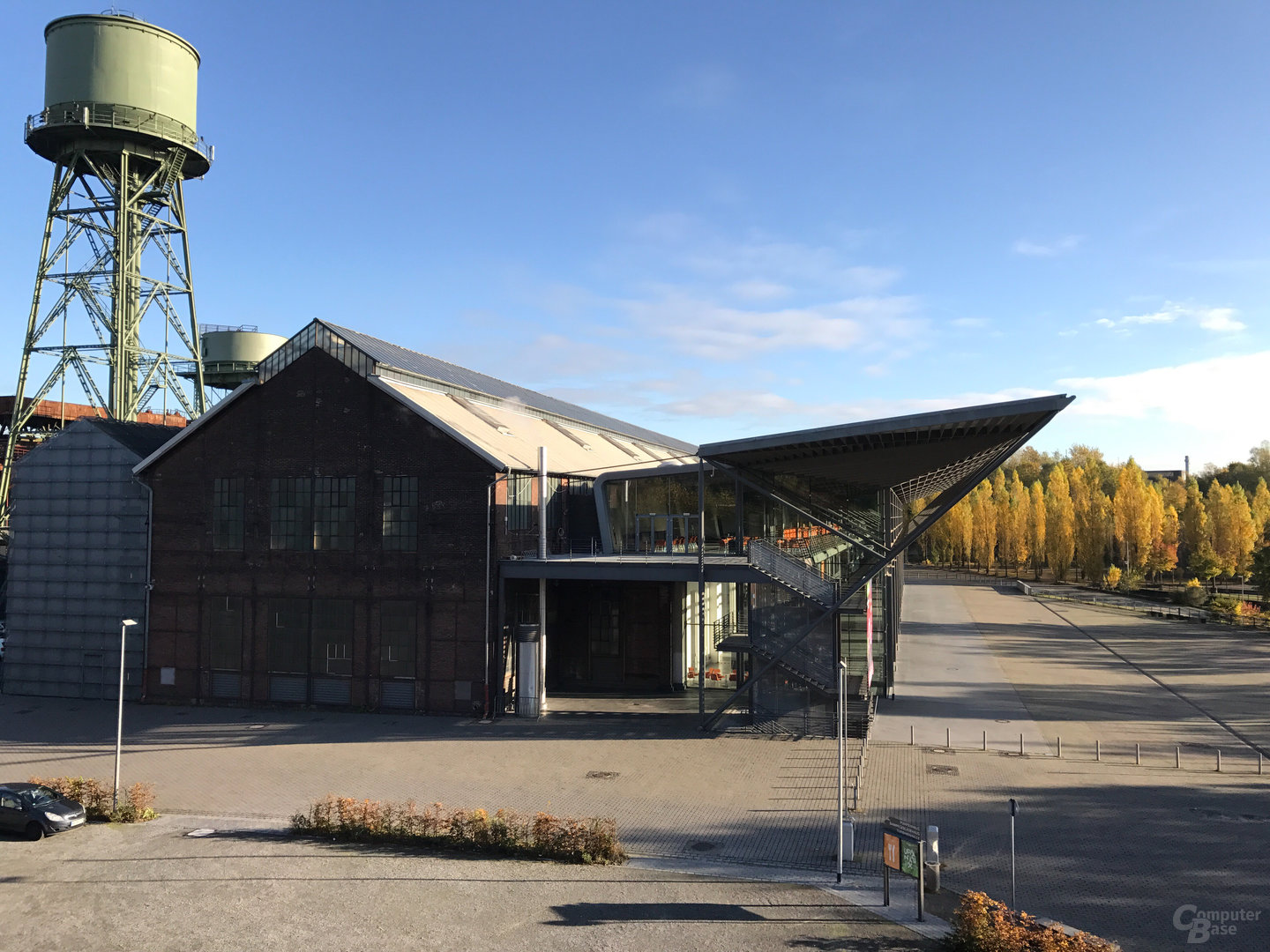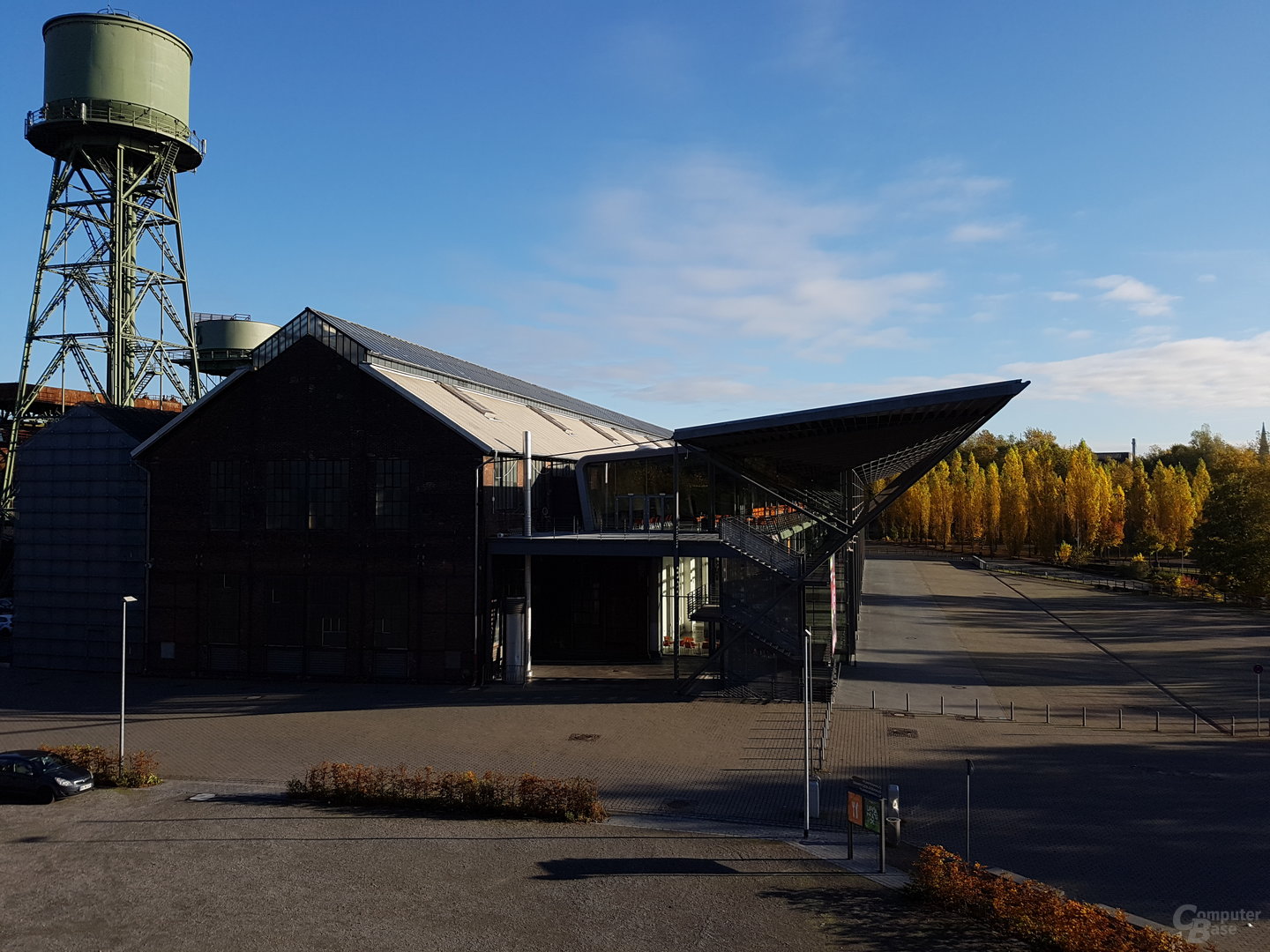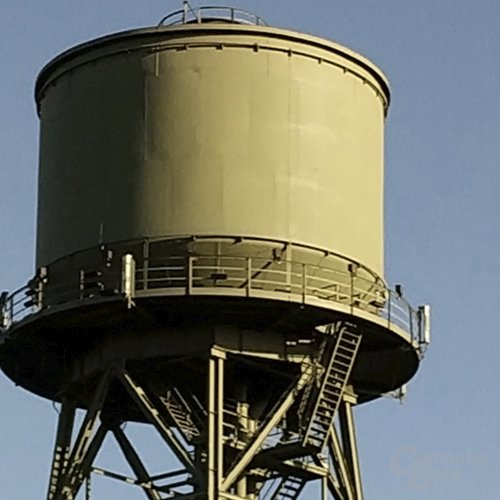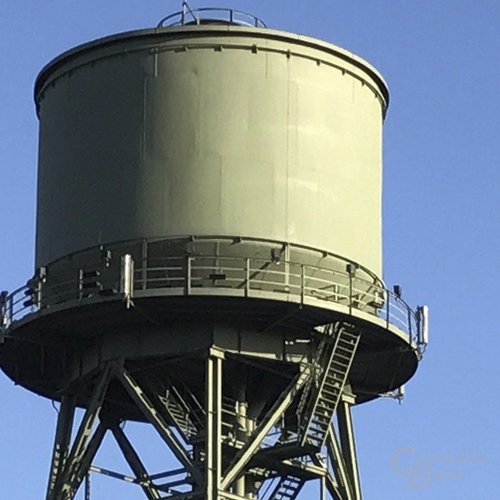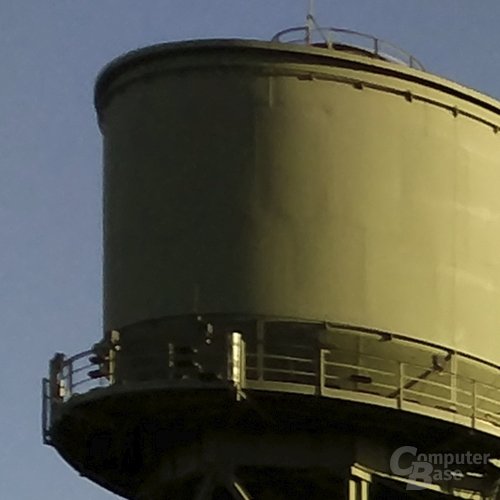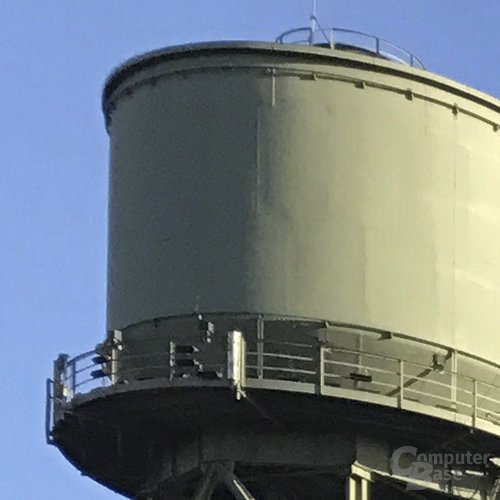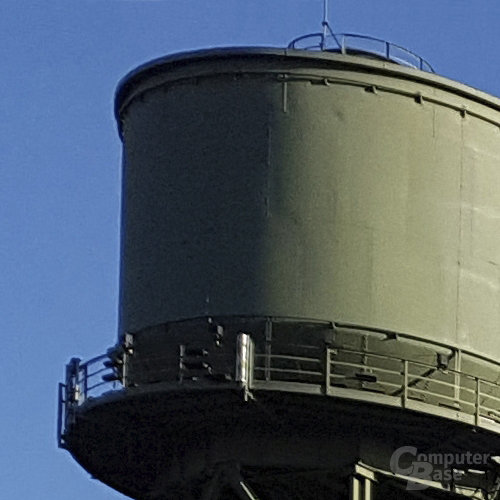Smartphone-Kameras im Test: Galaxy S7, iPhone 7, Pixel XL und Hasselblad im Vergleich
3/9Auflösungsvermögen und Randschärfe
In diesem Abschnitt sollen das Auflösungsvermögen und die Randschärfe jedes Smartphones anhand einer einfachen Aufnahme bei ISO 100 verglichen werden. Um mögliche Vorteile niedrigerer Empfindlichkeiten nicht zu verschweigen, findet ein weiterer Vergleichstest zwischen jenen Smartphones statt, die niedrigere Empfindlichkeiten als ISO 100 bieten.
Alle Kandidaten liegen in etwa gleich auf, Hasselbald fällt am Rand ab
Während in der Vollbildansicht keine Unterschiede in der Bildschärfe zu erkennen sind, kristallisieren sich in Ausschnitten aus der 100-Prozent-Ansicht zum Teil klar erkennbare Unterschiede heraus. Am schärfsten bildet das Apple iPhone 7 Plus in der Bildmitte ab, dicht gefolgt von allen anderen Kameras. Bei der Randbetrachtung ändert sich an dieser Reihenfolge nichts, aber es fällt auf, dass die Bildschärfe der Addon-Kamera Hasselblad True Zoom sichtbar nachlässt.
| Google Pixel XL | Apple iPhone 7 Plus | Lenovo Moto Z Play | Samsung Galaxy S7 edge | Hasselblad True Zoom | |
|---|---|---|---|---|---|
| Original Bildmitte | |||||
| Original Bildrand | |||||
| Crop Bildmitte | |||||
| Crop Bildrand |
Der Zusatztest enthüllt sehr schnell, dass es zwischen der niedrigsten noch einstellbaren Empfindlichkeit und ISO 100 bei den nachfolgend aufgeführten Smartphones keinen nennenswerten Zugewinn an Schärfe gibt. Das Einzige, was sichtbar ist, ist ein leicht verringertes Bildrauschen. Letzteres ist natürlich die Grundvoraussetzung dafür, dass ein Sensor möglichst viele Details einfangen kann.
| Google Pixel XL ISO 50 | Google Pixel XL ISO 100 | Apple iPhone 7 Plus ISO 32 | Apple iPhone 7 Plus ISO 100 | Samsung Galaxy S7 edge ISO 50 | Samsung Galaxy S7 edge ISO 100 | |
|---|---|---|---|---|---|---|
| Original Bildmitte | ||||||
| Original Bildrand | ||||||
| Crop Bildmitte | ||||||
| Crop Bildrand |

